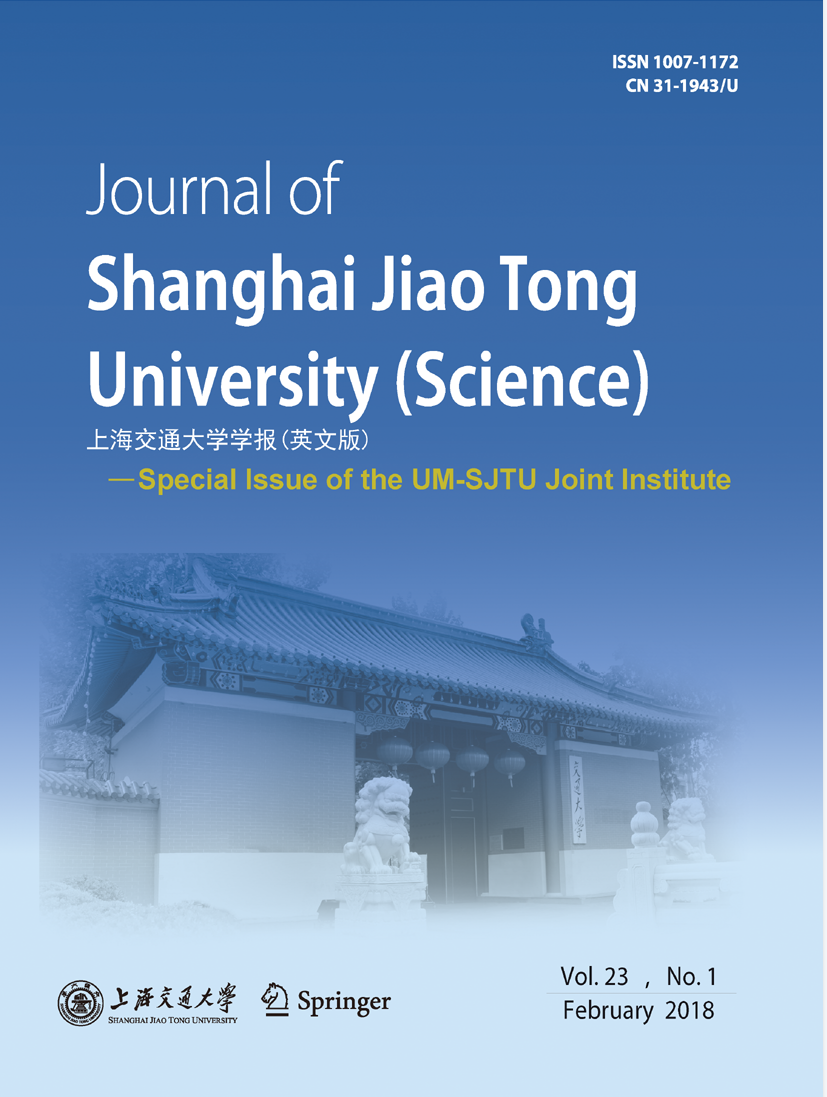|
|
Novel Application of High Voltage Electrostatics Corona Ions Discharge Related to Treatment, Sanitization and Disinfection of Biological Matter Such HIV-AIDS Infected Blood
HAMADE Thomas A.
2018, 23 (1):
112-121.
doi: 10.1007/s12204-018-1916-y
A novel high-voltage electrostatics corona ions pre-charger apparatus and methods were invented
earlier by Hamade related to treat various types of receptors such as but not limited to electret polymer, air
filters, particulates, catalytic converters, bioaerosols, fluids, pollutants, virus, and bacteria. It is shown in this
article that his work led to the construction of various prototype chargers, customized differently for each type of
a receptor. In particular his recent development of biological matter corona charger (BMCC) prototype related
to expose, treat, sanitize, and disinfect bioaerosols, virus, bacteria, and contaminated fluids and blood such as
human immunodeficiency virus (HIV) - acquired immune deficiency syndrome (AIDS). It is shown in this paper
that each previous investigated research contemplated ionized corona charger attendant to a charging process and
the corona, imparts and provides enough treatment charges to receptors including the aforementioned receptors.
Researchers often relied on adopting prior corona charger methods that do not necessarily and effectively solve the
problems associated with them or utilize them for optimum treatment effect. The inventor exhaustively studied
the characteristics of corona discharge, and has found that the greatest difficulty in corona discharge has to do with
the maintenance of the corona, particularly when the receptor is being charged. This is due to variations in either
the dielectric value between the corona electrode and a grounded base or flaws in the design as the receptor passes
there between suppressing or hindering corona and its effectiveness. What is needed in-the-art is an apparatus
and method to achieve maximum possible charge on a receptor, a charge order of magnitude greater than that
used by other investigators. This often requires customizing each apparatus and method and does not just merely
use one type of a charger to satisfy all applications. To satisfy this need, we build a low cost prototype BMCC
that generates self-sustaining charge corona, eliminates many previous design flaws such as spark over, and make
it ready for testing remotely or with apparatus.
References |
Related Articles |
Metrics
|

